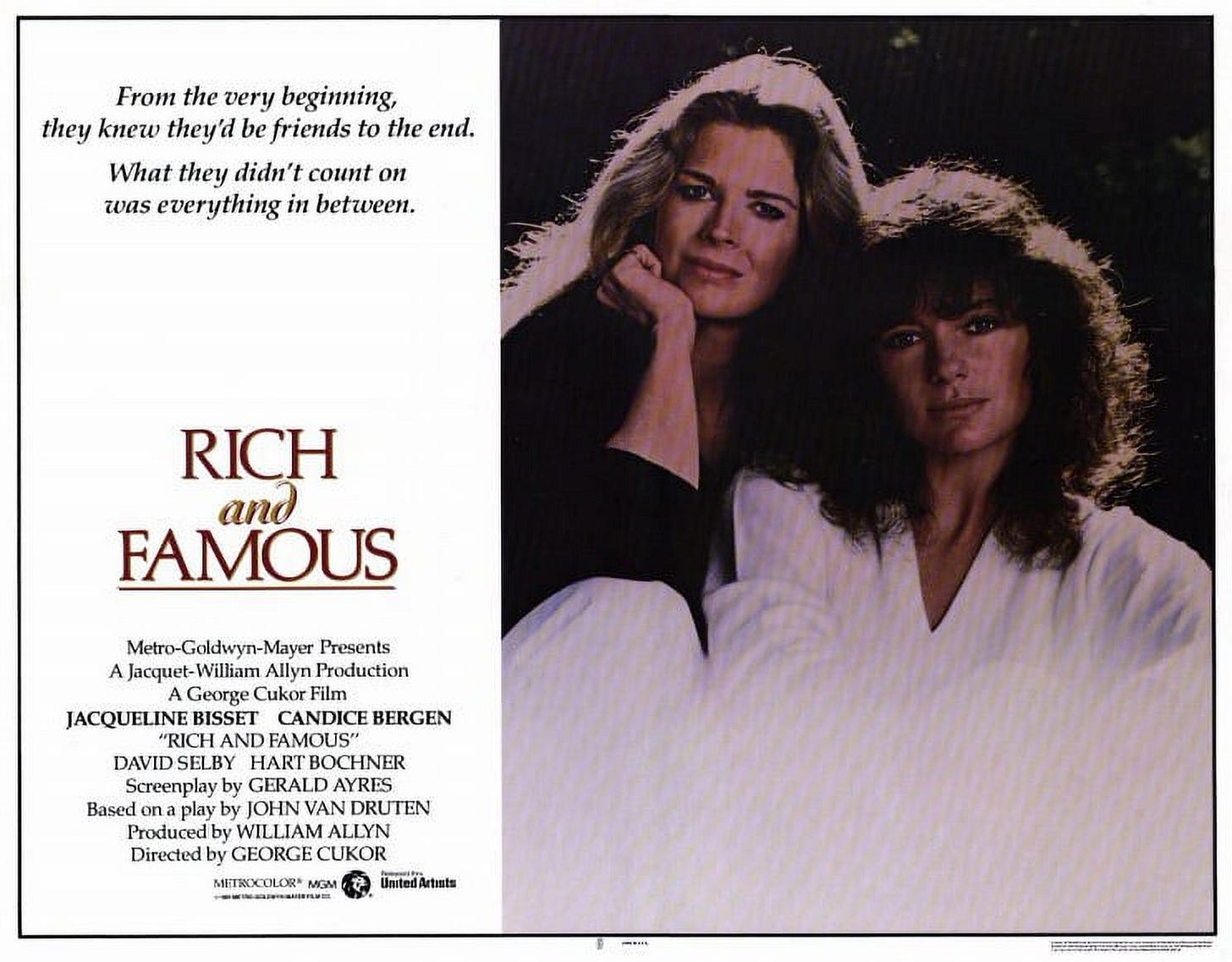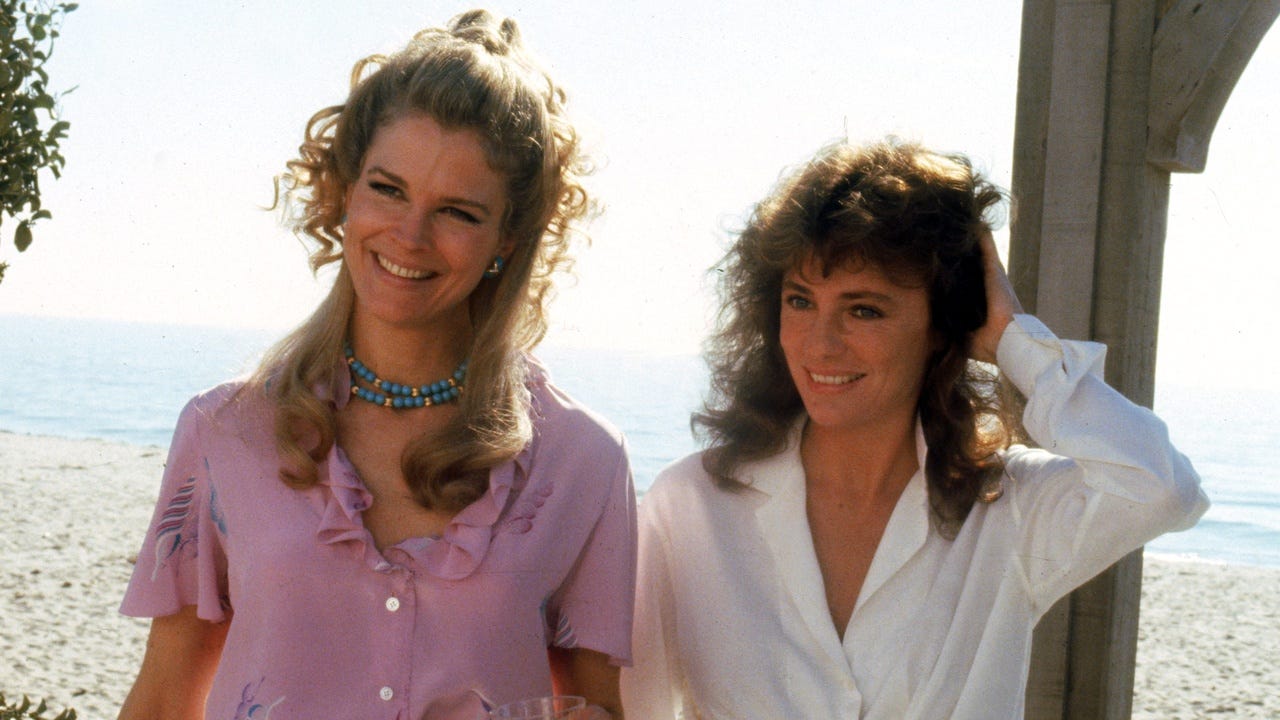How about one of the strangest classics of the decade as October 1981 continues?
Siskel and Ebert turn the ultimate arthouse film into a must-see mainstream hit
We’re going to finish the weekend of October 9th and then cover the full weekend of the 16th in this installment of the newsletter. I don’t want to drag October 1981 out forever, and there’s still a lot of ground to cover.
It’s funny when we talk about decades, because they never really line up culturally to the calendar. This weekend is a great example of how this all still very much feels like they’re clearing out the shelves from the ‘70s, both in terms of things that were developed but never shot or things that were shot but never quite released. You’ll see how many of these films were affected by the SAG strike in 1980, pushed back from their original shooting dates. We’ve definitely seen films already in this project that feel like they’re looking forward at the decade ahead, but this is all still a transitional period.
For example, we’re going to talk in this installment about a movie that Siskel and Ebert went absolutely batshit about, and this is not a movie that we think of as an “80s movie” at all. It’s small, experimental, and built entirely around conversation. It’s also a movie that I saw only because they were so vocal about their love of it. I was eleven. I had no business giving a shit about My Dinner with Andre, but I still managed to talk my mom into taking me to go see it because I wanted to understand what Siskel and Ebert were so hopped up about.
Tattoo and Ticket to Heaven both feel like ‘70s hangover films, movies that are about the end of the freedoms and the permissiveness of the era. The Woman Next Door is ‘70s Truffaut in every way, and … All The Marbles represents the final effort of Robert Aldrich, a man who was not built for the decade that was just revving up. And finally, there’s a movie we’re going to talk about that feels like an important pivot point for an actor who made her mark in the late ‘70s but who really came into focus during this decade. Meryl Streep fans… you are eating good this week.
So let’s dig right in, shall we?
OCTOBER 9 (continued)
Rich and Famous
Jacqueline Bisset, Candice Bergen, David Selby, Hart Bochner, Steven Hill, Meg Ryan, Matt Lattanzi, Daniel Faraldo, Nicole Eggert, Joe Maross, Kres Mersky, Cloyce Morrow, Cheryl Robinson, Allan Warnick, Ann Risley, Damion Scheller, Haley Fox, Fay Kanin, Tara Simpson, Herb Graham, Charlotte Moore, William G. Schilling, John Perkins, Herbert Bress, Alan Berliner, Don Bachardy, Ruth Storey, Marsha Hunt, Christopher Isherwood, Pola Miller, Paul Morrissey, Jennifer Nairn-Smith, Karen Somerville, Roger Vadim, Sandra Smith Allyn, Frances Bergen, Ray Bradbury, Ellen Brill, Gwen Davis, Frank De Felitta, Michael Dewell, Nina Foch, Elizabeth Forsythe-Hailey, Oliver Hailey, Randal Kleiser, Gavin Lambert, Dick Cavett, Merv Griffith
cinematography by Don Peterman
music by Georges Delerue
screenplay by Gerald Ayres
based on the play by John Van Druten
produced by William Allyn
directed by George Cukor
Rated R
1 hr 57 mins
Two women stay friends through decades of ups and downs in love and in their careers as very different kinds of writers.
I don’t blame Jaqueline Bisset for deciding to develop her own material as a way of getting some kind of control of her image. I do kind of blame her for developing something as flabby and undercooked as Rich and Famous, though.
On some level, I get all of the impulses that led to this film. Bisset wanted to find material that would give her more to do than wear a see-through t-shirt underwater, and she looked to the women-driven Hollywood of the ’40s for inspiration. She partnered with William Allyn to start finding projects for her, and one of the first things he optioned was a play called Old Acquaintance by John Van Druten, which had been adapted before as a Bette Davis vehicle. The original play is just conversations in rooms between two women who stay friends for decades while they both become successful writers, and the play only covers a few months in their lives. The Bette Davis film covers several decades in the lives of Kit Marlowe and Millie Drake, played by Davis and Miriam Hopkins, and it’s a very soapy melodrama that was, at best, a modest hit for Davis. It’s wild that Hopkins agreed to play the part, considering the last time she worked with Davis on The Old Maid, Davis slept with her husband. The film’s primary legacy came from Davis appearing in a man’s pajama shirt, which kicked off a frenzied fashion trend. I think even in 1943, though, Old Acquaintance felt old-fashioned and corny.
Keep reading with a 7-day free trial
Subscribe to The Last '80s Newsletter (You'll Ever Need) to keep reading this post and get 7 days of free access to the full post archives.





